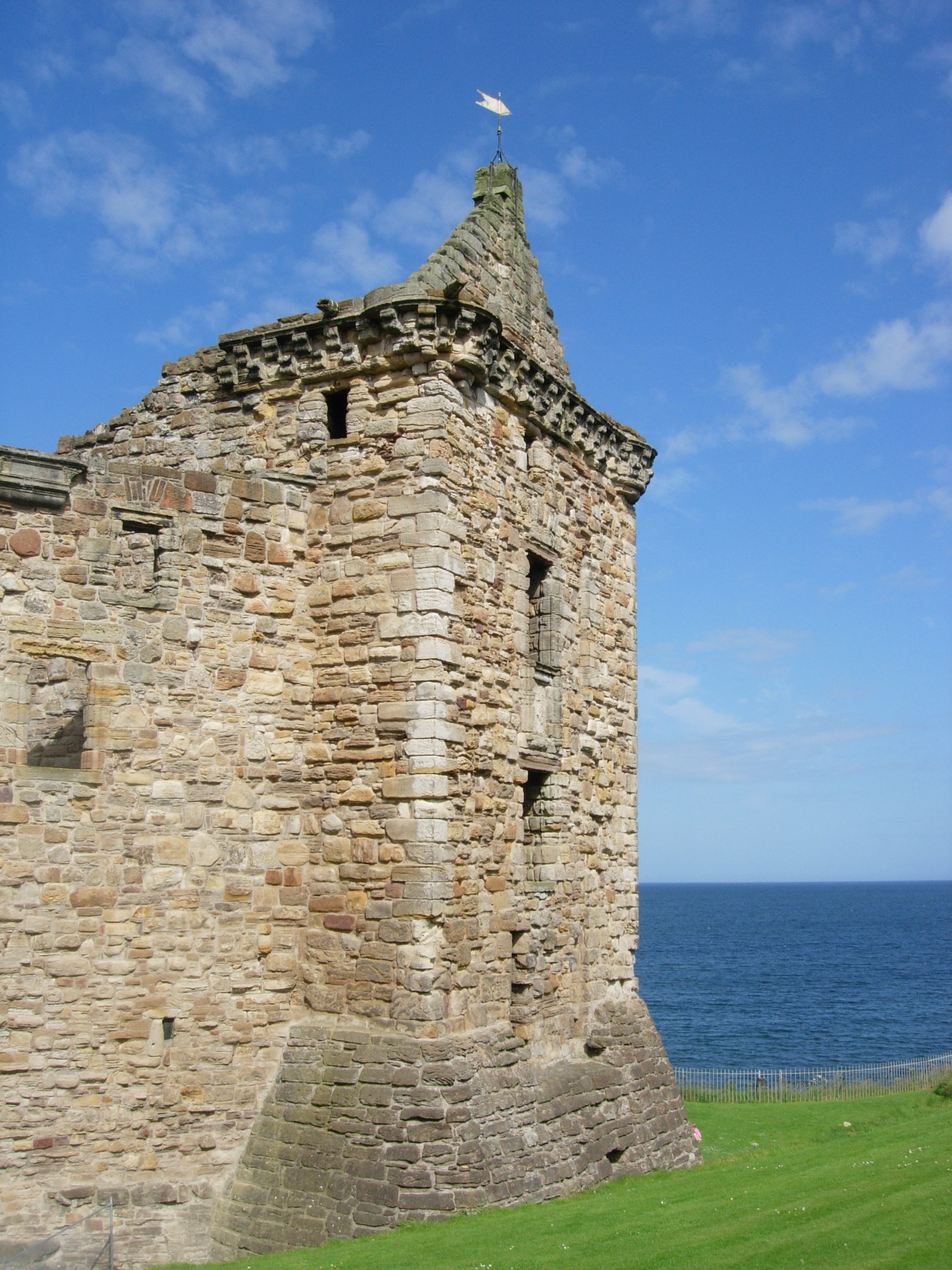
April 10, 2013, by Nicola Royan
An earlier Iron Lady?
Baroness Thatcher is not the only Margaret to have had a significant impact on the history of Scotland. There is Margaret of Denmark, wife of James III, who seems to have kept the peace between her husband and her eldest son, James IV; there is also her daughter-in-law, Margaret Tudor, who provided her great-grandson (through both his maternal and paternal line) James VI of Scotland with his claim to the English throne. However, it is a moot point whether these later Margarets had quite the same impact as the first key Margaret in Scots history, St Margaret, wife to Malcolm Canmore. This is Malcolm III, and the same Malcolm who defeated Macbeth.
Margaret was an Anglo-Saxon princess: she was the granddaughter of Edmund Ironside (d. 1016), who spent her early years in central Europe, especially Hungary. She came to England in 1057 with her family. Although her brother, Edgar Atheling, was too young to have been considered as a successor to Edward the Confessor in 1066, it seems that he became involved with northern English resistance to William the Conqueror, and in 1068, Edgar, Margaret, their mother and their sister, Christina, fled to the protection of Malcolm III, King of Scots. There Malcolm and Margaret were married in 1069 or 1070. Theirs was a successful marriage, lasting for 23 years and producing 6 sons and 2 daughters, all of whom survived to adulthood. While Margaret’s later reputation (of which more below) was for asceticism and fasting, she was clearly physically quite tough. Of those children, three became kings of Scots, Edgar, Alexander I, and David I; this dynasty successfully ousted Duncan, Malcolm’s son by his first marriage, and his successors. They also rewarded Anglo-Norman immigrants with lands in return for their support, and founded monasteries on Continental models. Inadvertently, these practices also hastened the spread and development of the variety of English known (eventually) as Older Scots, as well as bringing to Scotland some very familiar names, such as Bruce, Balliol and Fraser. Margaret herself died on 16 November 1093, 3 days after her husband and her eldest son, killed during a raid on Northumberland.
Margaret’s reputation as a figure of piety and civilisation was first established by Turgot, prior of Durham but also for several years Margaret’s chaplain. His account of her life presents her as a candidate for sainthood and the worker of miracles. Other evidence suggests that she was indeed pious and charitable: her works included refounding the church of Holy Trinity in Dunfermline as a Benedictine priory and persuading Malcolm to remove the charges on pilgrims crossing the Forth to visit the shrine of St Andrew, in St Andrews in Fife, a gesture still commemorated in the name of the ferry port, Queensferry. Late chroniclers, drawing from Turgot, stress Margaret’s personal influence on Malcolm’s piety and rule. Walter Bower, writing in the 1440s, records that Malcolm, though illiterate himself, would have Margaret’s prayer books embellished with gold and jewels; John Bellenden, translating a Latin history in the 1530s, implies that Margaret’s influence led Malcolm to revoke a Scottish version of the droit de seigneur, although it’s hard to be sure whether that is to be read as a feminist gesture or one in support of the poor more generally.
Bellenden also hints, however, that Margaret’s arrival was not without its drawbacks. As an Anglo-Saxon princess (English-speaking too, according to Turgot), Margaret attracted English supporters who brought English customs. Some of these related to church practice, as I noted above, but one, according to Bellenden and his source, Hector Boece, drastically affected the whole of Scottish society. The custom? Lunch. Really, lunch. For prior to the influx from England, according to Bellenden, ‘ the nature of man was not sa ouerset with superflewiteis as now: for than the pepill eit bot twyis on the day, and had bot two courssis’. Such a complaint is at one level a standard of nostalgic conservatism; at another, it reflects an anxiety about loss of identity and Anglicisation, and the change to a very different society.
We might argue that Lady Thatcher has a comparable totemic status. Her person and her policies were widely disliked in Scotland, at least in part because they seemed so very alien, right down to the obsession with conspicuous consumption, described by Bellenden as ‘superflewiteis’. Whether or not that is a fruitful line of argument, it is certainly true that the former Prime Minister was not the first Margaret to introduce long-term change to Scottish politics.
References:
G.W.S. Barrow, ‘St Margaret of Scotland’, Oxford Dictionary of National Biography, www.oxforddnb.com
John Bellenden, Chronicles of Scotland 2 vols, (Edinburgh, 1821) First printed c. 1536
Walter Bower, Scotichronicon, gen. ed. D.E.R. Watt, 9 vols (Aberdeen and Edinburgh, 1987-1996)
No comments yet, fill out a comment to be the first

Leave a Reply